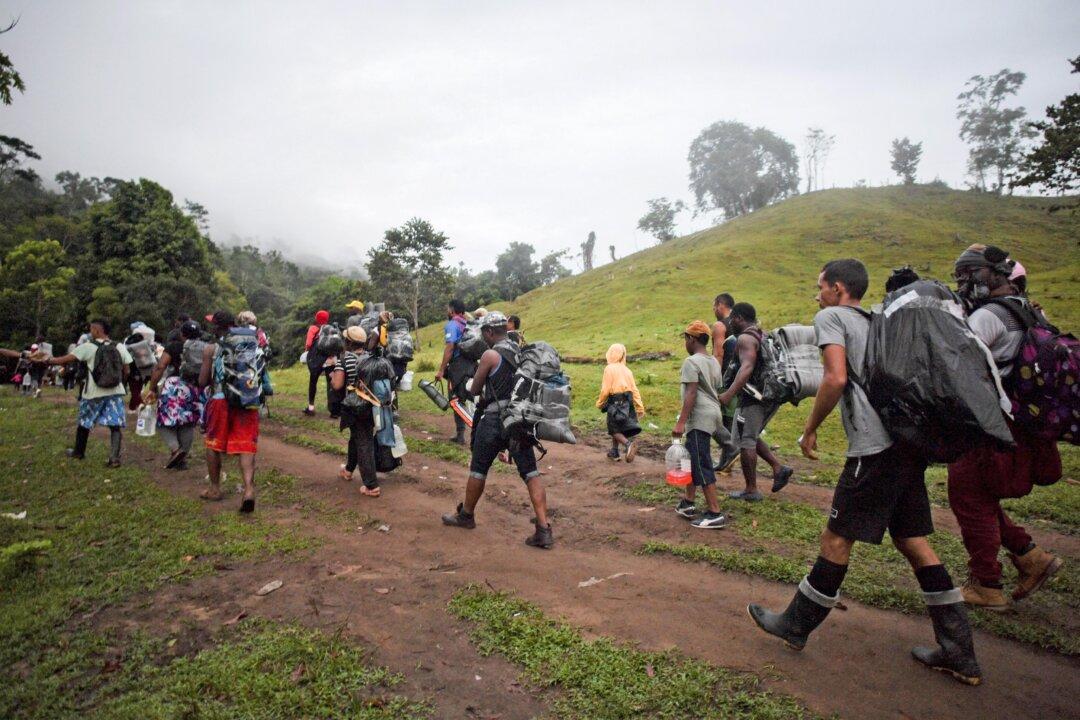The population of an entire U.S. city has trudged through the Darien Gap so far this year.
Panama migration officials reported that upwards of 260,000 illegal immigrants have entered their country from the jungle that defines the border with Colombia, exceeding total migrant traffic for 2022 in just seven months. For perspective, that’s more than the population of Des Moines, Iowa.





